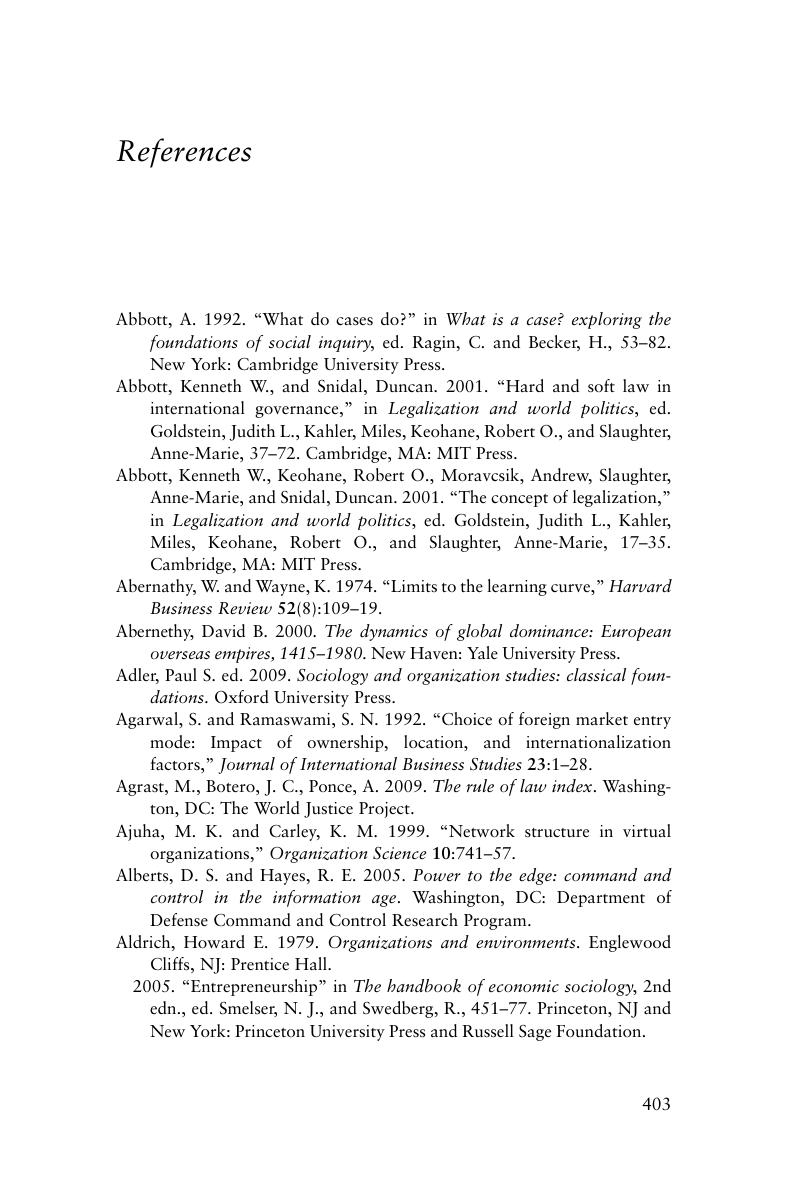Book contents
- Frontmatter
- Contents
- List of figures
- List of tables
- List of contributors
- Preface
- Introduction: studying global projects
- Part I Foundational themes
- Part II Institutional differences and global projects: empirical studies
- Part III Political conflicts and global projects
- Part IV Governance strategies and structures
- References
- Index
- References
References
Published online by Cambridge University Press: 05 June 2012
- Frontmatter
- Contents
- List of figures
- List of tables
- List of contributors
- Preface
- Introduction: studying global projects
- Part I Foundational themes
- Part II Institutional differences and global projects: empirical studies
- Part III Political conflicts and global projects
- Part IV Governance strategies and structures
- References
- Index
- References
Summary

Information
- Type
- Chapter
- Information
- Global ProjectsInstitutional and Political Challenges, pp. 403 - 448Publisher: Cambridge University PressPrint publication year: 2011
